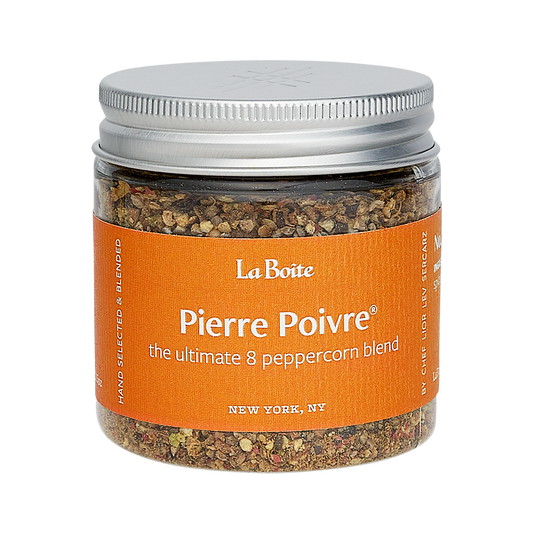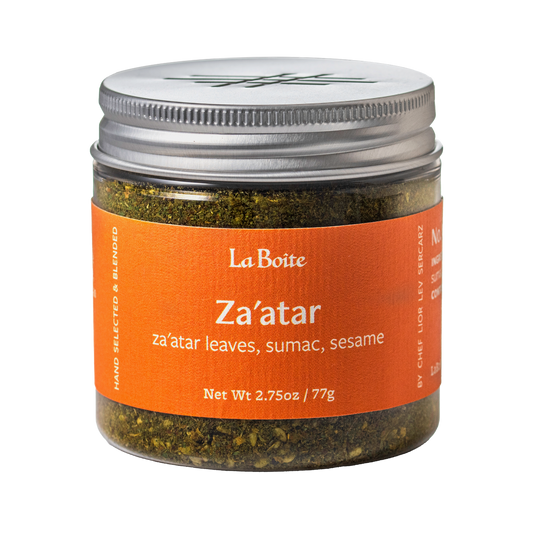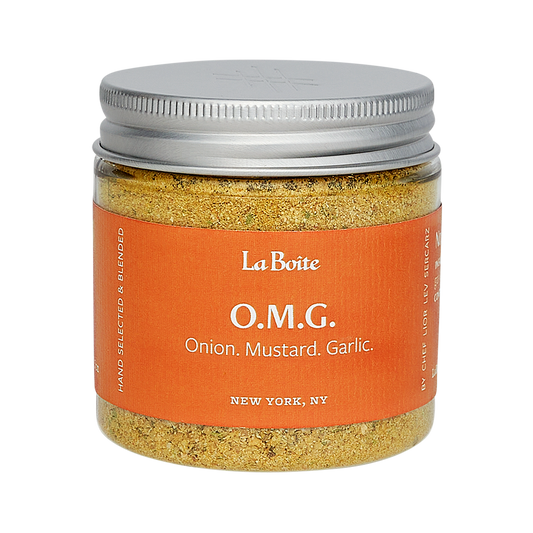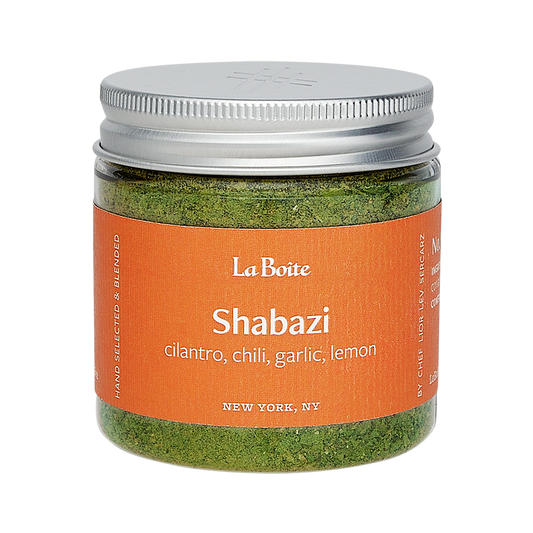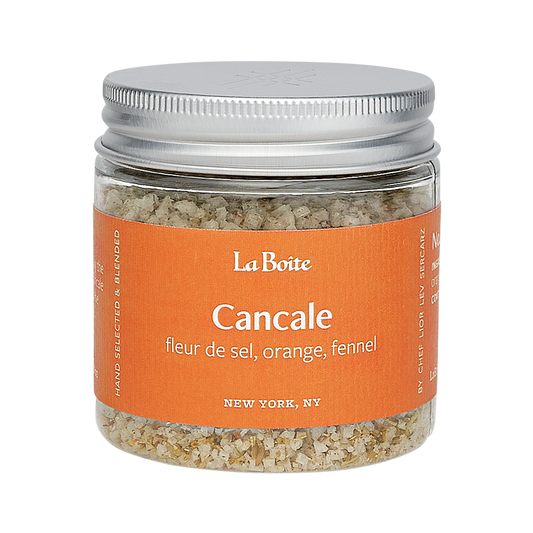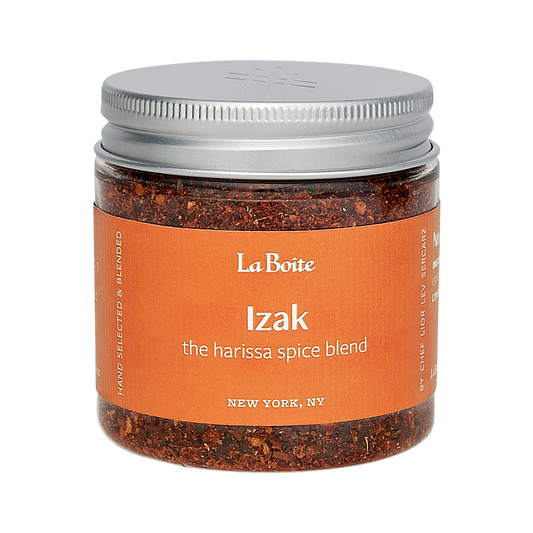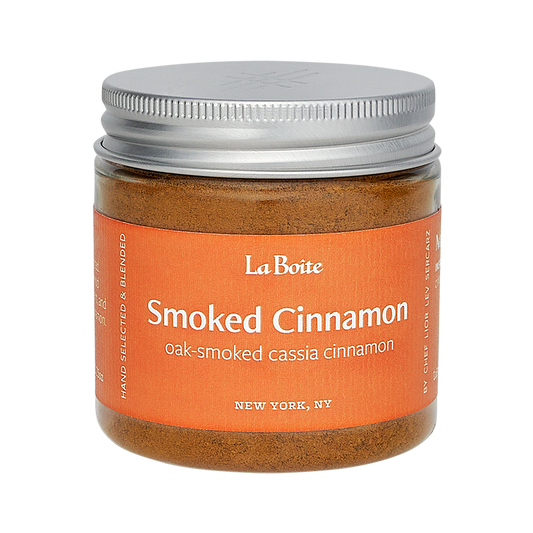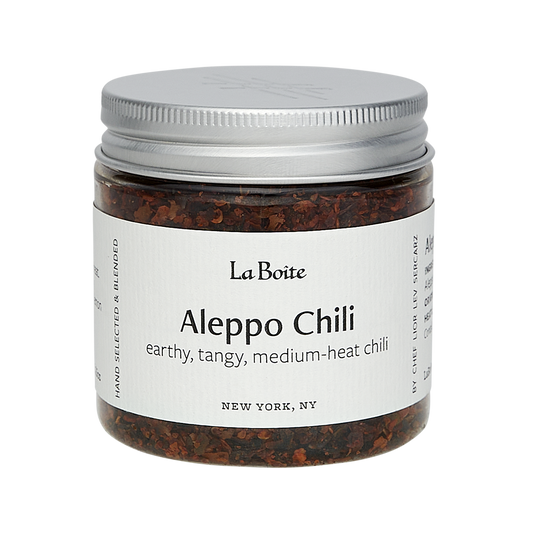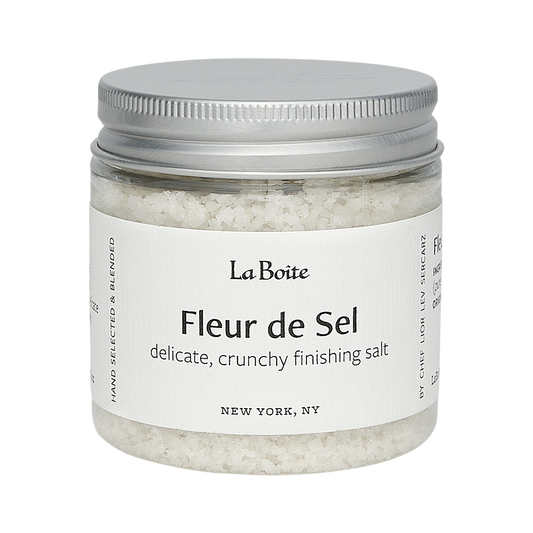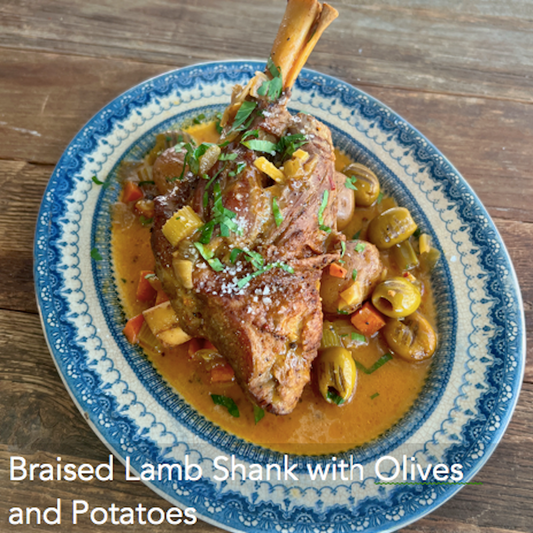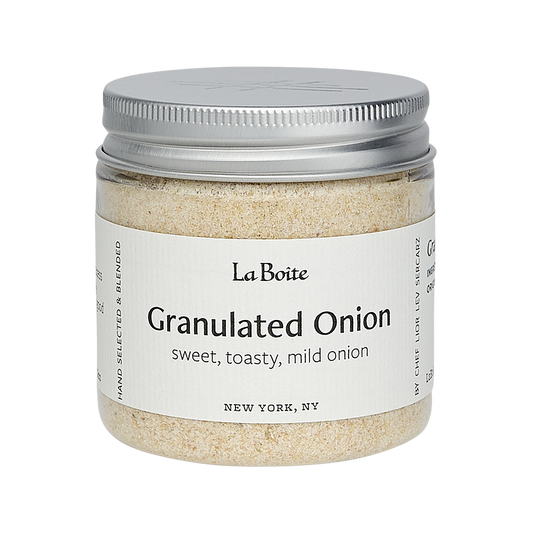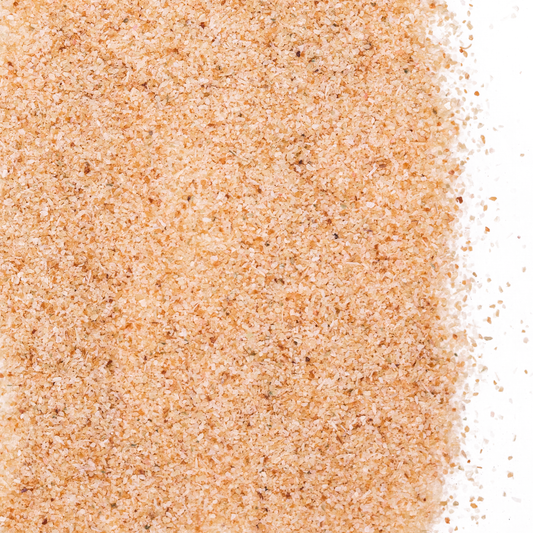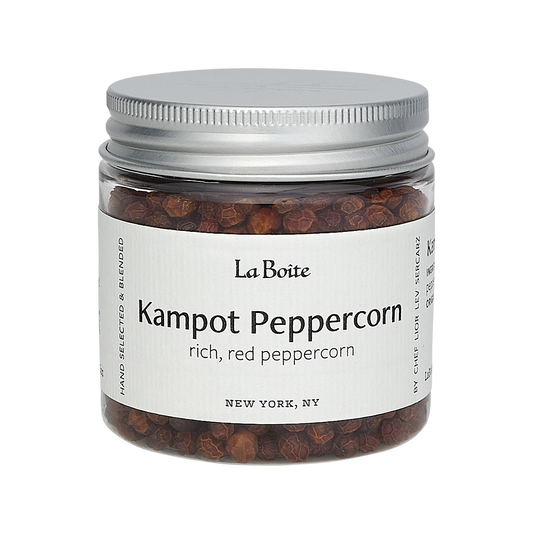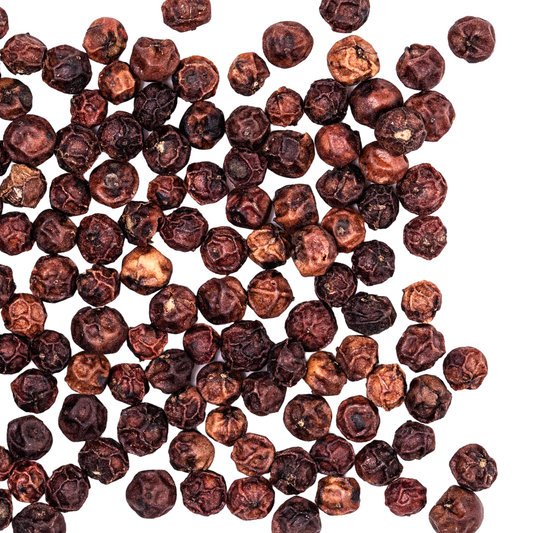Most citrus is in season in the winter, and I always like to dry thin slices to use for spice blends, teas, and cooking in the off-season. Whole slices supply sweetness and acidity from the fruit, balancing bitterness from the pith, and brightness from the zest. Most commercial products contain citric acid and sugar, which are not bad in-and-of themselves, but lack complexity.
This blend pairs whole dried lemon slices with Kampot red peppercorns from Cambodia, for a flavor and aroma that is fresh, inviting, and vibrant. Optionally you can add garlic, onion, and/or salt, or use this as a springboard for your unique creation.
Whole Lemon Pepper
Rated 4.9 stars by 10 readers
Category
Blend
Author
Christian Leue
Servings/Yield
Makes about 1/2 cup
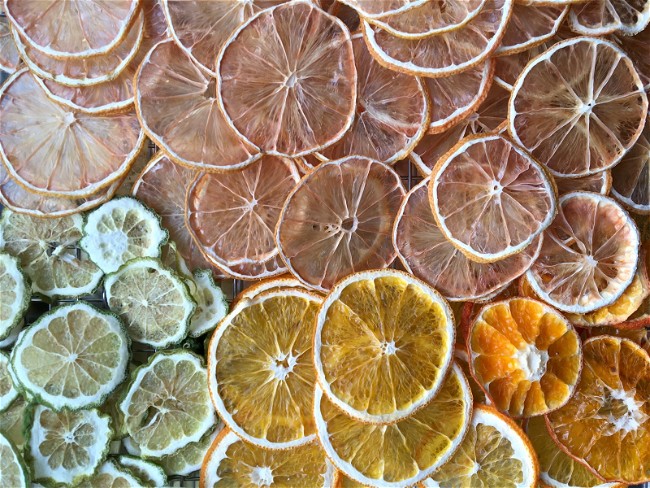
Ingredients
-
2 organic lemons (look for ones with a thin skin if you can), well-scrubbed, cut into 1/8" thick slices
-
3 Tbsp kampot red peppercorns
-
0-1 tsp granulated garlic
-
0-1 tsp granulated onion
-
0-3 tsp fleur de sel
Directions
Remove any large seeds from the lemon slices and lay them out in a single layer on a wire rack over a sheet tray. Allow to dry until crispy and totally free of moisture. It takes 4-5 days at room temperature in a sunny window, or you can use you oven set on very low or a dehydrator, though I find they discolor a bit and do lose some bright top-notes.
Once the lemons are dried, chop them roughly with a sharp knife, then add to a grinder and grind coarsley. Pick out any large pieces that don't grind.
Grind the kampot separately. The coarseness is up to you; I like being able to see noticeable pieces.
Combine all ingredients, including the garlic and onion if you're adding them, plus as much salt as you like, and store in a tightly sealed jar away from heat and light. It will keep fresh until the next season when you can make more.
Recipe Note
Variations & Ideas:
• If you want a natural source of salinity try adding some ground celery seed rather than salt. The savory character is a good match for the other flavors. If you're not a celery fan you can try ajowan instead, which has a pronounced thyme flavor.
• Experiment with different citrus fruits! In the picture I have kaffir lime, honeybell tangelo, Satsuma mandarin, and variegated pink lemon. In addition to being fun alternatives in the recipe above, the slices themselves are great for use as a citrus tea, slipped under the skin of poultry or into the cavity (removing the moisture ensures that the skin will still crisp), or sliced and added to salads for a fun crunch. You can even just eat most of them on their own as a snack.
• If you dry other citrus try combinations like:
- lime, dhania, green peppercorn, and garlic
- bergamot (in season November-January), cubeb, mustard and/or nigella, and onion
- mandarin, long pepper, sansho, and rose petal
- blood orange (in season December-April), urfa, lucknow fennel, and curry leaf
with or without salt, they are a great way to preserve winter citrus and add flavor to meals in other seasons
Questions about this recipe? Contact us at info@laboiteny.com
